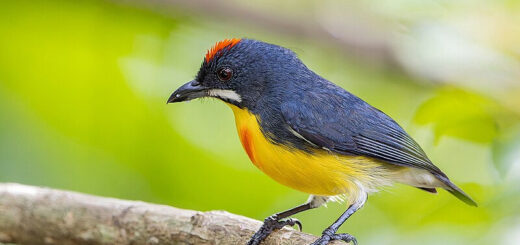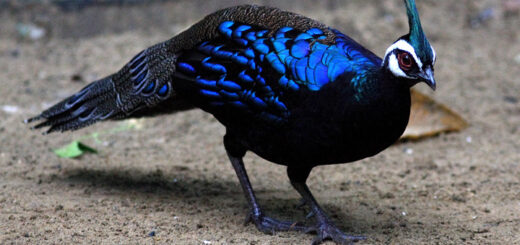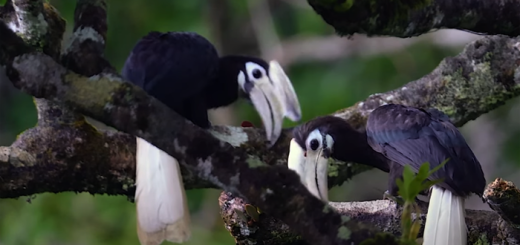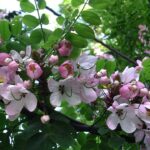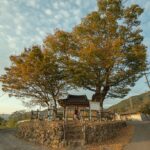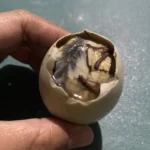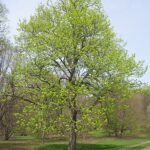Palawan Cherry – The Philippines Blossoming Gem

When people think of cherry blossoms, their minds often drift to Japan’s famous sakura season. But did you know that the Philippines has its own version of cherry blossoms? Nestled in the heart of Palawan, the Palawan Cherry tree or Balayong—is a local treasure that brings a burst of pink and white beauty to the tropical landscape.
What is the Palawan Cherry?
The Palawan Cherry (scientific name: Cassia javanica or Cassia nodosa) is not a true cherry tree, but it earns its nickname from the soft, pastel blooms it produces, reminiscent of Japan’s cherry blossoms. Native to Southeast Asia, this flowering tree thrives in the warm Philippine climate and is especially iconic in Puerto Princesa, where an annual Balayong Festival celebrates its bloom.
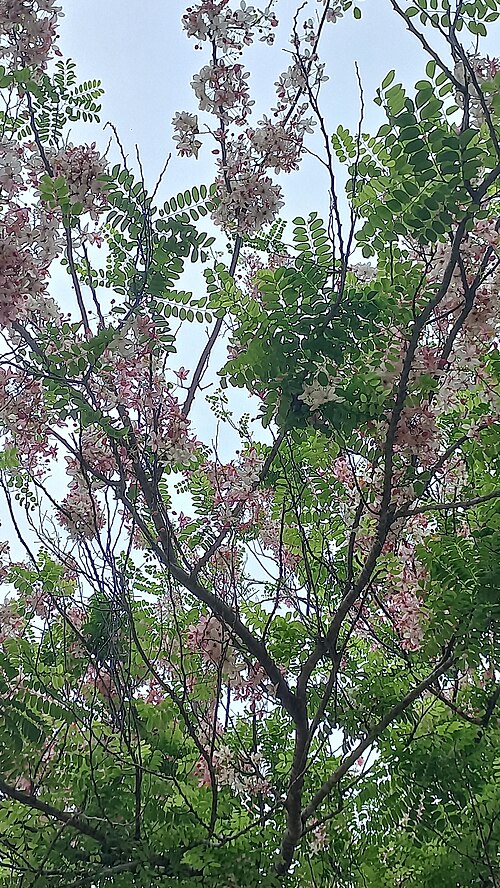
Flowers of a Palawan Cherry tree in Calauit Island. – Creative Commons | Author: Paul Christian B. Yang-ed – Source: https://commons.wikimedia.org/wiki/File:Mga_bulaklak_ng_Balayong_(Palawan_cherry_blossom).jpg
A Cultural Symbol of Beauty and Renewal
In Palawan, the balayong tree is more than just a pretty sight—it’s a symbol of femininity, beauty, and strength. The Balayong Festival, held every March, marks the beginning of springtime with street dancing, floral parades, and tree-planting activities that promote environmental awareness. It’s a time when locals and tourists come together to honor nature’s gifts and the unique culture of the Palaweños.
Why the Balayong Tree Matters
Beyond its visual appeal, the balayong tree plays an important ecological role. It provides shade and shelter for birds and insects and contributes to the green landscape that keeps Palawan a top eco-tourism destination. It also reminds locals of the importance of conservation, especially in a province often hailed as the Philippines’ last ecological frontier.
How to See the Balayong in Bloom
If you’re hoping to witness the Palawan Cherry in full bloom, plan your visit between late February and early April. The trees typically burst into a cloud of pink during this period, lining the streets and parks of Puerto Princesa with vibrant color. The best views can often be found near government buildings and in public gardens where these trees are lovingly cared for.
The Palawan Cherry is more than just a tree—it’s a symbol of local pride, a sign of spring, and a reminder of nature’s quiet magic. Whether you’re a nature lover, a cultural traveler, or someone simply in search of something beautiful, the balayong blossoms of Palawan are not to be missed.
References:
https://en.wikipedia.org/wiki/Cassia_javanica

